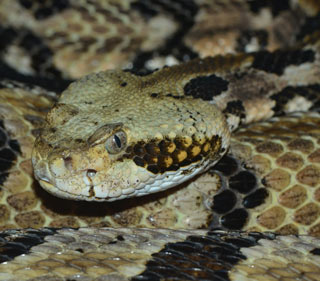David
Heiller
I’ve been sitting on an outhouse
column, so to speak, for several months. That’s because I had seen a want ad in
a local paper back then that read: FOR SALE: Outhouse. $150.00.
I figured that anyone who is selling
his out house must have a story to tell the Askov American.
First some background: We have an
outhouse at our place. I guess it’s MY outhouse, since I’m the only one who
uses it. Cindy hasn’t used it much since last summer, when a garter snake
dropped on her.
Occasionally Mollie will hitch a ride
on my back and join me there. It’s a two-holer. But she does this less out of
physical need than curiosity, or if she has something urgent that she needs to
talk about. Things like how her best friend doesn’t like her anymore, or
whether she can watch TGIF on Friday.
Mostly the outhouse is my domain, and
the truth is I like it that way. A man needs a place to call his own, even if
it is a lowly outhouse. Cindy used to want me to paint the inside a pretty
color, something other than its drab green. I refused. Paint it one day, the
next she’d have lace curtains in it. So she gave up on it and moved into the
house.
Will Rogers once said that he never
met an outhouse he didn’t like. I agree with him. I like my outhouse. The roof
leaks, it needs painting, and it’s leaning a bit, but that just adds character.
It sounds strange, but I prefer an outhouse over a regular bathroom. Every once
in a while, I’ll talk to some old timers, and mention my outhouse, and they
will get a wistful look in their eye, and tell me how much they miss their old
outhouse. I am not kidding.
It’s a place to get away from the
dull roar of the household on a school morning. It’s quiet. The Farmer’s
Almanac is handy, with it zillions of facts about old varieties of apples and
when the moon is full. A couple of new catalogues are waiting if I want some
new reading material, or if I need them for other reasons.
The outhouse keeps me in touch with
the seasons too. This time of year, I can see Orion on my way to the outhouse
at night. I can watch the snow fall an arm’s length away, and see the tracks of
deer in the garden.
In the spring, I’ve got a good view
of a bluebird house on a fence post 20 feet away. That’s fun to watch. In the
summer, I like to look at our garden. Sometimes our dog, Ida, will come in and
say hello.
There ARE
a few January days and nights when I don’t enjoy the outhouse. But only a few.
SO WHAT KIND OF man would be selling
his outhouse, I wondered. (I knew it had to be a man and not a woman.) I called
the number last Sunday evening, and asked the man (I was right) if he still had
an outhouse for sale. “I sold that,” he answered.
“Was it
used?” I had been waiting month to ask that question, and I managed
not to laugh.
It was a new outhouse, he said a bit smugly, I built it.” It had measured four feet by three by seven
feet, and a lady east of Cloquet had bought it because she was having trouble with her septic system, he said.
I got the
feeling that this guy cares about his outhouses, takes pride in them. He knows the case histories like a social worker.
“I build a couple of them every once
in while,” the man explained. Most of the buyers put them in the back of their
trucks and take them
to their cabins up north.
Sometimes they have to portage them, he said, which is why only builds
one-holers.
“I like
them to last.” he added. “I’ve sold them for $125 all the way to $75.” That
barely covers the cost of
materials, he said.
He asked
if I wanted to buy one. He could make me one if I wanted. I said no, I guess not. He’d have
to pay ME to replace my outhouse I thought
with equal smugness, but I didn’t tell him that.
The interview ended. At first I was
disappointed. I had been hoping for some old guy who would talk about the good
old days on the farm, and how he missed the shack. What I got was an ambitious
guy my age who made a few extra bucks on the side building outhouses.
But now
that I write this, I’m feeling better. It’s reassuring to know that other
people still use their little house out back.
Old
outhouses never die, even though they may smell that way. They just get taken
up north. General MacArthur said that.
So if that outhouse builder becomes
flush with success, more power to him.





